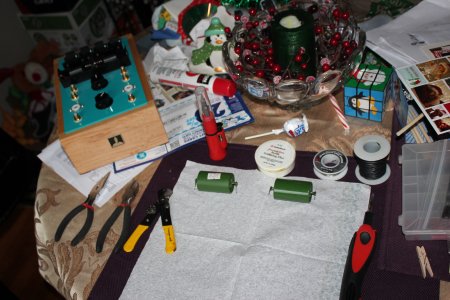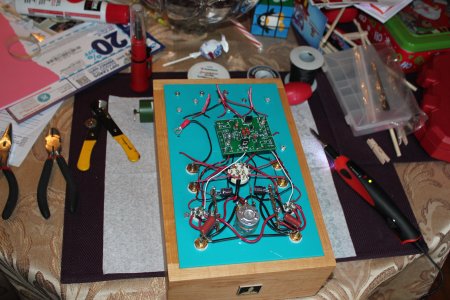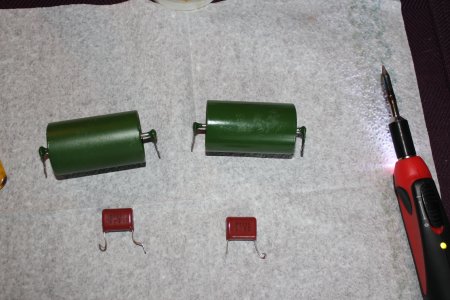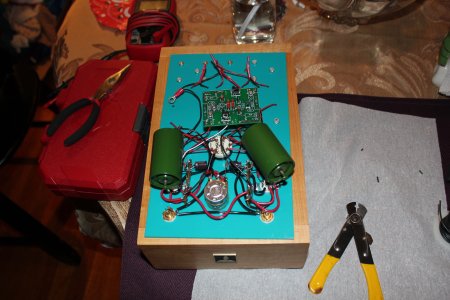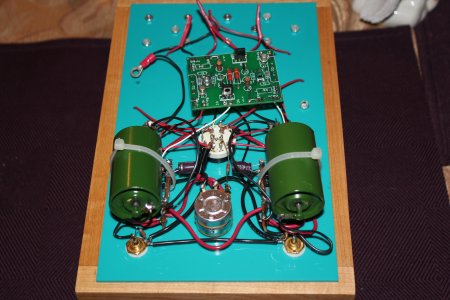aragorn723
New member
Hi,
Tonight I installed K75-10 russian caps as coupling caps in the Quickie. They are pretty big, and surprisingly good quality. I've never seen caps encased in metal before. Attached are a couple of pics from the install. Notice the difference between the stock caps and the K75's! Got a matched pair of these with 5% tolerance on ebay. Can't wait for them to burn in!
Dave
Tonight I installed K75-10 russian caps as coupling caps in the Quickie. They are pretty big, and surprisingly good quality. I've never seen caps encased in metal before. Attached are a couple of pics from the install. Notice the difference between the stock caps and the K75's! Got a matched pair of these with 5% tolerance on ebay. Can't wait for them to burn in!
Dave

